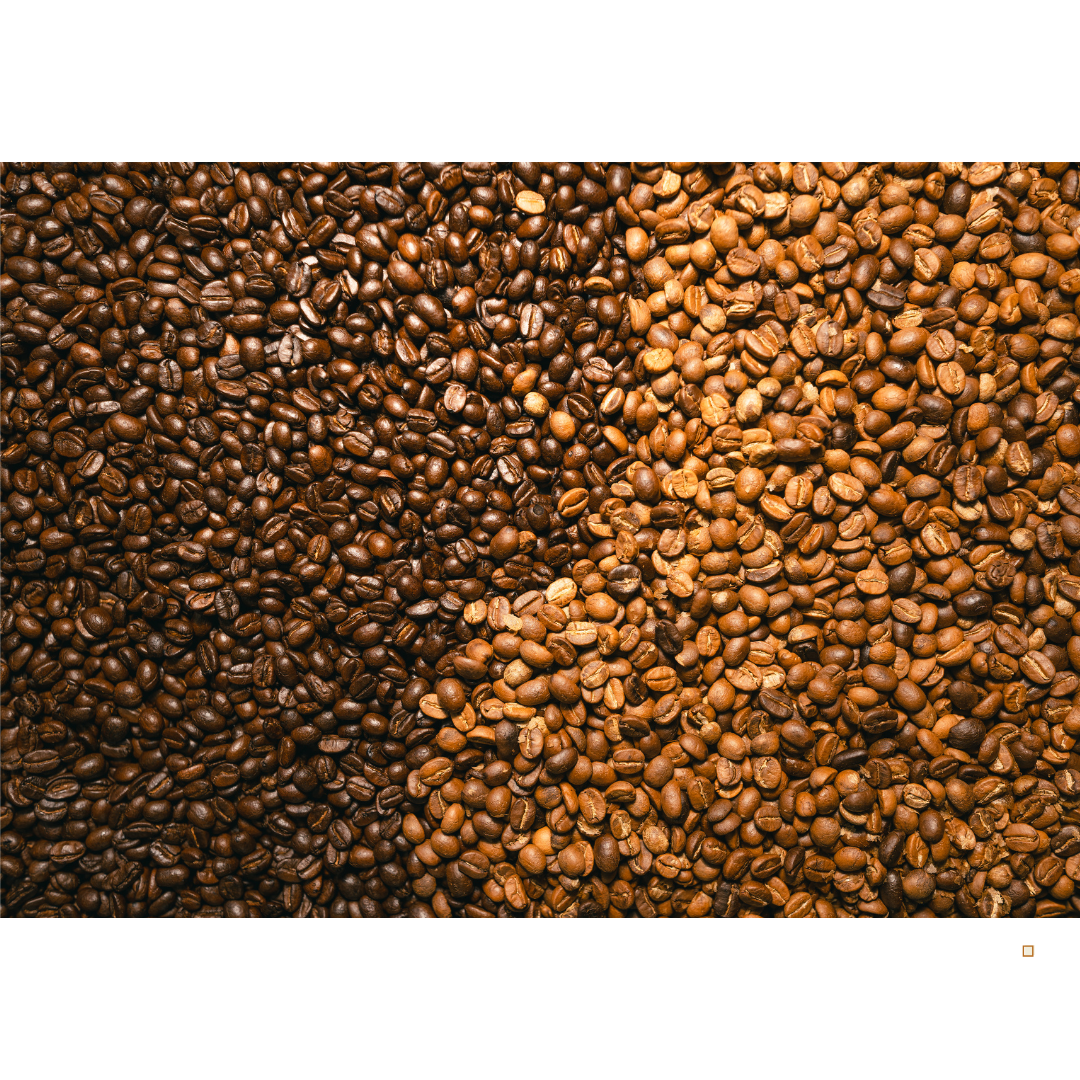
Does Light Roast Coffee Have More Caffeine?
For many coffee lovers, light roast coffee is known for its bright acidity, unique flavors, and complex aroma. However, a common question often arises: Does light roast actually have more caffeine than its darker counterparts? The answer is a bit more nuanced, as caffeine content can vary depending on how coffee is measured and brewed. Here, we’ll dive into the science behind caffeine content in light versus dark roasts and clarify which factors contribute to caffeine levels in your cup.
The Basics of Caffeine and Roasting Levels
The belief that light roasts contain more caffeine than dark roasts often stems from the roasting process itself. Coffee beans begin as green, raw beans that undergo significant changes during roasting, including flavor development, aroma release, and even caffeine levels. During the roasting process, beans lose moisture and expand, becoming less dense as they absorb heat. While caffeine remains relatively stable during roasting, the density and volume of the beans shift, impacting caffeine concentration based on how the coffee is measured.
When coffee beans are roasted darker, they continue to lose more water and mass, making them larger and lighter than light-roasted beans. This difference in size and density means that caffeine content can vary depending on whether coffee is measured by weight (grams) or volume (scoops). When measured by weight, dark and light roasts will contain similar caffeine levels. However, if measured by volume, light roasts will contain slightly more caffeine due to their smaller, denser structure, meaning more beans fit into a scoop compared to dark roasts.
Measuring Caffeine by Weight vs. Volume
One key aspect in determining caffeine content is whether coffee is measured by weight or volume. When you measure coffee by weight, both light and dark roasts provide approximately the same amount of caffeine. This is because, despite the difference in density, the caffeine content remains largely unaffected when weighing equal amounts of each roast.
However, when using a scoop to measure coffee by volume, light roasts tend to have a slight edge in caffeine content. Because light roast beans are denser and more compact than dark roast beans, a scoop of light will contain more actual coffee and, therefore, slightly more caffeine. While the difference is minimal, it can be noticeable for those who drink multiple cups throughout the day or are particularly sensitive to caffeine.
The Impact of Brewing Techniques
Beyond roast level, the method of brewing can also influence caffeine levels in your cup. Espresso, for instance, is often made with dark roast coffee, but due to its concentrated nature, it delivers a high caffeine dose per ounce. Drip coffee, pour-over, and French press methods tend to yield different caffeine levels depending on the water-to-coffee ratio and brewing time. Light roasts can sometimes release more caffeine when brewed at a lower temperature for a longer period, as the denser beans are more resistant to extraction.
For coffee drinkers who are looking to maximize or minimize caffeine, experimenting with different brewing methods can be helpful. Cold brew, for example, often uses more coffee grounds per ounce of water, leading to a stronger caffeine concentration that can offset any differences between light and dark roasts. Understanding how your preferred brewing style interacts with roast level can give you better control over your caffeine intake.
Does Light Roast Coffee Offer a Stronger Kick?
Despite the misconception that light roast coffee is inherently more caffeinated, the truth is that caffeine levels between roast types are generally similar when measured by weight. However, if you’re measuring by volume, light roasts may deliver a slight increase in caffeine due to their density. For those who enjoy a bright, flavorful cup with a bit more caffeine per scoop, light roasts can provide a satisfying option, particularly when brewed in larger quantities or with methods that enhance extraction.
If you’re particularly sensitive to caffeine but still enjoy lighter roasts, consider controlling your intake through brewing adjustments, such as reducing the coffee-to-water ratio or selecting brewing methods with shorter extraction times. With these strategies, you can still savor the unique flavors of light roasts without an excessive caffeine boost.
Choosing the Right Coffee for Your Caffeine Needs: Light Roast Coffee vs. Dark Roast
Ultimately, whether you choose light roast coffee or dark roast should come down to flavor preferences and your desired coffee experience, rather than caffeine content alone. Light roasts offer complex flavors, ranging from fruity and floral to bright and acidic, providing a sensory experience that appeals to coffee enthusiasts. Dark roasts, on the other hand, deliver a richer, bolder profile that can appeal to those who prefer a more traditional, full-bodied coffee.
For those who are focused on caffeine intake, it’s essential to consider both your measurement method and brewing style, as these factors have a greater impact on caffeine levels than the roast alone. Enjoying this roast for its unique taste doesn’t mean you have to sacrifice caffeine or vice versa; with the right approach, you can have the best of both worlds.
